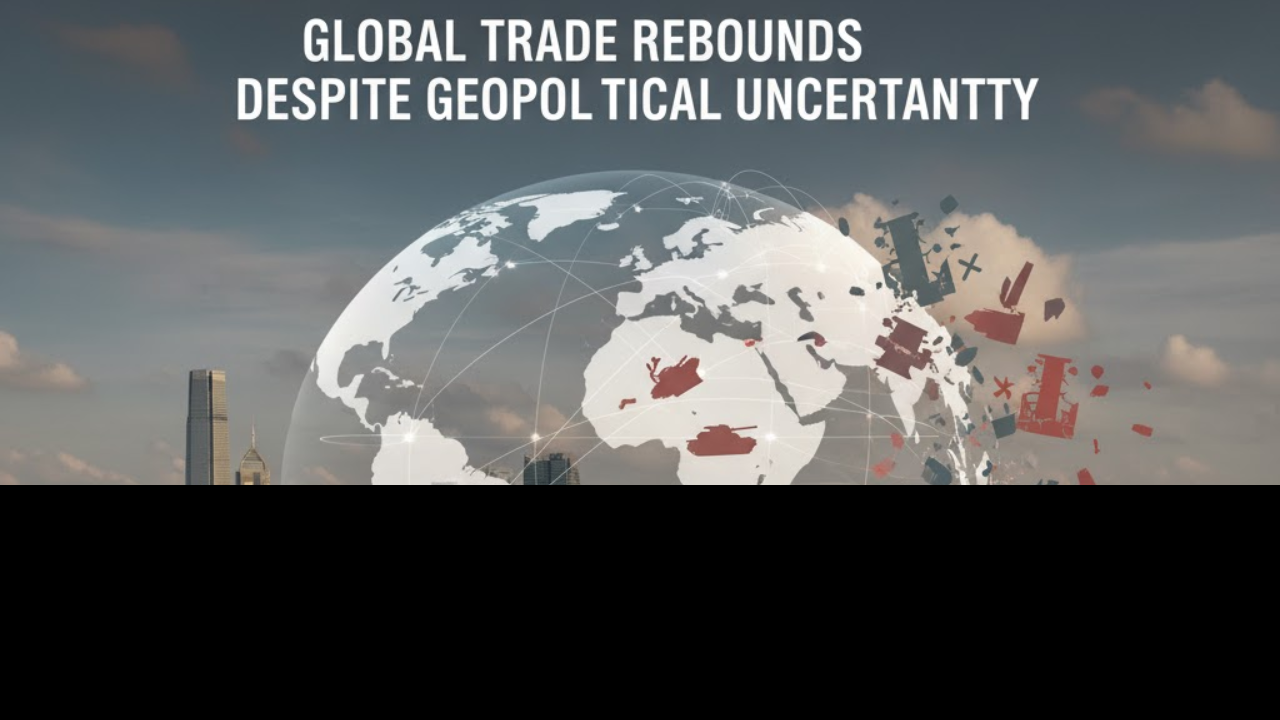
Post by : Naveen Mittal
Just two years ago, the global economy seemed destined for fragmentation. Between pandemic aftershocks, shipping crises, and trade wars, analysts were bracing for a long era of protectionism and regional isolation. Yet in 2025, a very different picture is emerging: global trade is quietly rebounding—and faster than most economists predicted.
Despite tensions between major powers and a world still adjusting to inflationary pressure, data from the World Trade Organization (WTO) shows trade volumes are expected to rise by 3.2% this year, up from just 1% in 2024. What’s fueling this unexpected recovery isn’t simply luck—it’s adaptation.
The global economy isn’t returning to the free-trade model of the 2000s; it’s evolving into something new—a world of strategic interdependence. Instead of a single, seamless supply chain, trade now operates through a complex network of “trusted corridors,” linking nations that align economically, politically, or technologically.
For instance, Southeast Asia has emerged as the new center of global manufacturing gravity. Countries like Vietnam, Thailand, and Malaysia are benefiting from “China + 1” diversification strategies, as companies seek to hedge against political risk while maintaining access to Asia’s vast production ecosystem.
India, too, has become a star performer. Its exports surged 12% in the first half of 2025, driven by electronics, pharmaceuticals, and green energy components. Meanwhile, Latin America’s resource exports—especially lithium and agricultural goods—are feeding the clean-tech boom in Europe and North America.
This web of diversified trade relationships suggests not deglobalization, but rather reglobalization—a world reconnecting along new, strategically aligned routes.
One of the quiet drivers of the rebound is digital trade. As physical trade faced constraints from logistics bottlenecks and shipping costs, services and data flows exploded. Cloud computing, digital platforms, and AI-enabled logistics have turned trade into a hybrid model where goods and information move seamlessly together.
A small manufacturer in Singapore can now sell precision parts to Germany, manage operations through cloud ERP software, and use predictive AI to align shipping with demand—all without owning a single factory abroad.
Digital trade is now worth more than $3 trillion annually, according to OECD estimates, and it’s expected to double by 2030. In many ways, it’s becoming the new face of globalization—a borderless economy powered by bandwidth rather than borders.
Perhaps the most underappreciated engine behind the trade revival is the green transition. As nations race to decarbonize, a massive flow of materials, machinery, and expertise is crossing borders.
Solar panels from Southeast Asia, wind turbines from Europe, and EV batteries from Korea are creating entirely new global supply chains. The energy transition is effectively replacing oil with lithium, copper, and cobalt as the new commodities of influence.
This shift has given rise to “green corridors” between resource-rich nations and manufacturing hubs—Chile and China for lithium, Indonesia and Japan for nickel, India and the EU for solar equipment. These routes are reshaping traditional trade maps and reducing dependency on fossil-fuel shipping lanes.
None of this recovery means that the world’s political rifts have healed. Trade is still shadowed by geoeconomic tension. The U.S.–China rivalry remains the dominant fault line, with tariffs, export bans, and technology restrictions reshaping global logistics.
Washington’s semiconductor export curbs, for example, have divided the chip industry into parallel ecosystems. Beijing, in response, has doubled down on its Belt and Road trade initiatives and increased partnerships across Africa and Latin America.
Europe, meanwhile, is navigating its own balancing act—protecting strategic autonomy while keeping trade open. The EU’s new Carbon Border Adjustment Mechanism (CBAM), which taxes imports based on carbon emissions, has added a green dimension to global trade friction.
So, while trade volumes are growing, they are doing so in a more politicized, fragmented, and competitive environment.
If there’s one word that defines this rebound, it’s resilience. Businesses that survived the last five years learned to build supply chains that bend but don’t break.
Instead of relying on single sources, companies are adopting multi-hub manufacturing, nearshoring, and just-in-case inventories. Logistics networks are being redesigned around redundancy and flexibility, with ports, warehouses, and transport routes diversified across continents.
Even financial systems are adapting. Cross-border payments are being streamlined through digital currencies and fintech networks, making international trade faster and cheaper for smaller players.
This resilience isn’t just a defensive strategy—it’s become a competitive advantage. Firms that can reconfigure their supply networks quickly are winning market share in an unpredictable world.
The rebound isn’t evenly distributed. Emerging markets, particularly in Asia and Africa, are enjoying a renaissance, while traditional export powerhouses like Germany and Japan face slower recovery due to demographic and energy challenges.
Service-based economies are outperforming goods-based ones, as digital exports—from software to AI consulting—surge globally. At the same time, the lingering impact of inflation, high interest rates, and shipping costs keeps smaller economies vulnerable to external shocks.
Looking ahead, global trade will likely grow at a slower but more sustainable pace. Efficiency is no longer the only metric—security, ethics, and sustainability now matter just as much. The result is a more cautious, more deliberate version of globalization—one where values and alliances carry as much weight as prices and tariffs.
The world’s trading system is being rewritten—not torn apart. The emerging global order isn’t about walls and barriers; it’s about reshaping connections to be smarter, cleaner, and more resilient.
The old model of relentless efficiency has given way to one built on balance—between cost and stability, growth and sustainability, openness and sovereignty.
In the long arc of economic history, 2025 may be remembered not as the year globalization died, but the year it evolved. Trade hasn’t disappeared—it’s adapted. And in a world of chaos, that adaptability might just be the most valuable commodity of all.
Disclaimer:
This article is for informational and analytical purposes only. It reflects global economic data and forecasts from credible institutions. Readers should consult verified financial and trade sources for the latest developments.
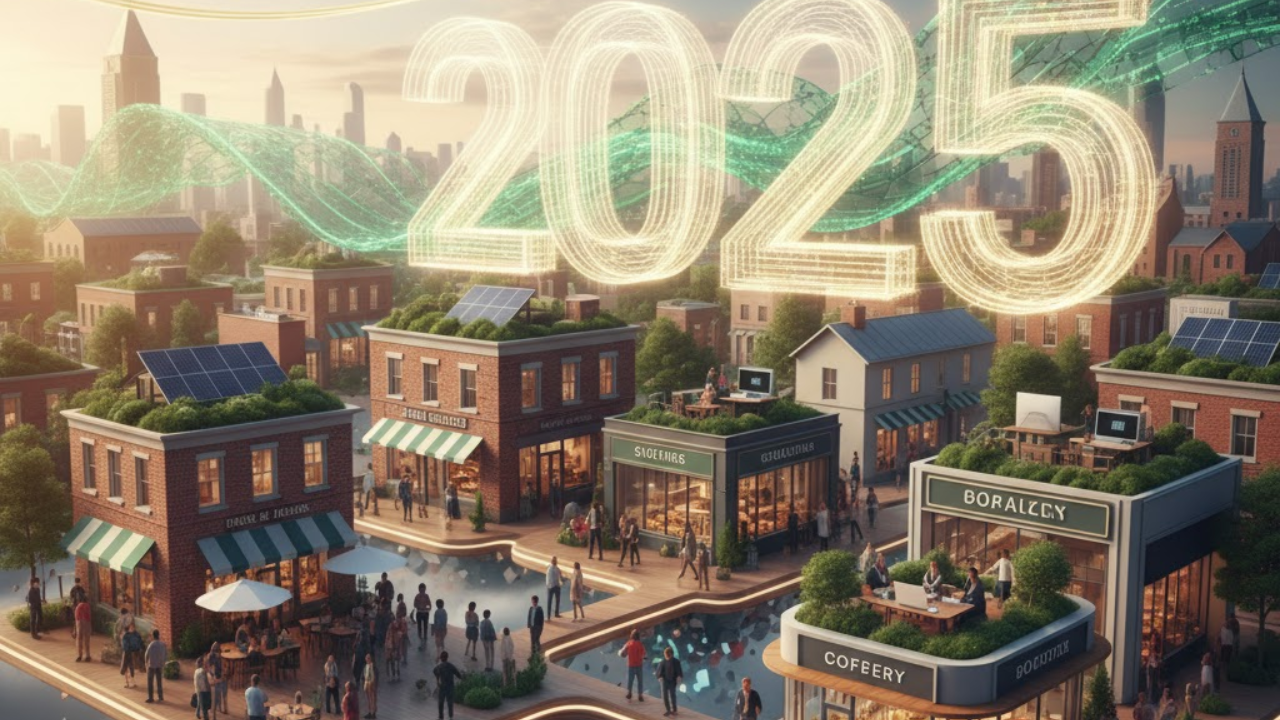
Small Businesses in 2025: Resilience in the Age of Uncertainty
In an era of inflation, digital disruption, and tight credit, small businesses are adapting through

Trade Wars 2.0: The Return of Protectionism and the New Shape of Globalization
Rising tariffs, tech rivalries, and new trade blocs are reshaping globalization. Here’s how the next
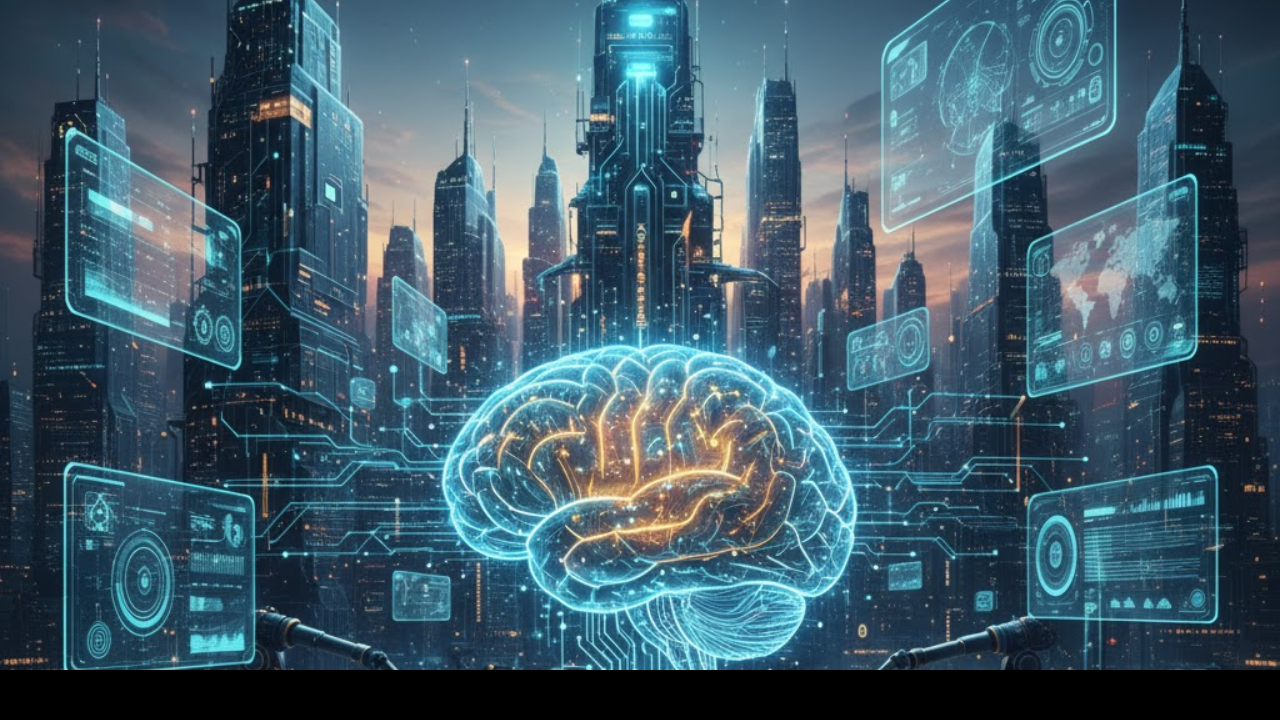
Hyperautomation: How Intelligent Enterprises Are Redefining the Future of Business
AI, automation, and analytics are merging to create hyperintelligent businesses that operate faster,

From ESG to ROI: How Sustainability Became a Smart Business Strategy
From compliance to strategy—ESG and circular economy models are now key drivers of profitability, re

Investing in Uncertainty: How Businesses Are Rethinking Growth in 2025
High interest rates, inflation, and shifting taxes are reshaping corporate investment strategies in

Labour Under Pressure: AI, Wages, and the New Skills Divide
AI is redrawing labor markets—raising wages for specialists, erasing routine jobs, and forcing a glo

America’s Big Bet on AI: Growth Engine or Risky Play?
America is placing its economic chips on AI. From data center-driven GDP to tech investment booms, s

Unroll Your Calm Easy Yoga Tips for Teens to Beat Stress and Stay Focused
Discover easy yoga tips for teens to reduce stress boost focus and stay calm daily with simple poses

Chhath Puja 2025 Devotion Rituals & Sun God Celebration Guide
Celebrate Chhath Puja 2025 with devotion fasting and rituals Discover Sun God prayers eco friendly t

Varinder Singh Ghuman India's First Vegetarian Bodybuilder & Bollywood Star
Discover the inspiring life of Varinder Singh Ghuman India s first vegetarian bodybuilder and actor

From Couch to Café Easy Ways to Style Knits and Loungewear for Any Occasion
Discover how to style knits and loungewear for any occasion Stay cozy confident and stylish from you

UE Dubai Students Shine at COP30 Simulation in Cairo, Showcasing Global Leadership in Climate Policy
University of Europe for Applied Sciences Dubai (UE Dubai) have taken centre stage at the COP30
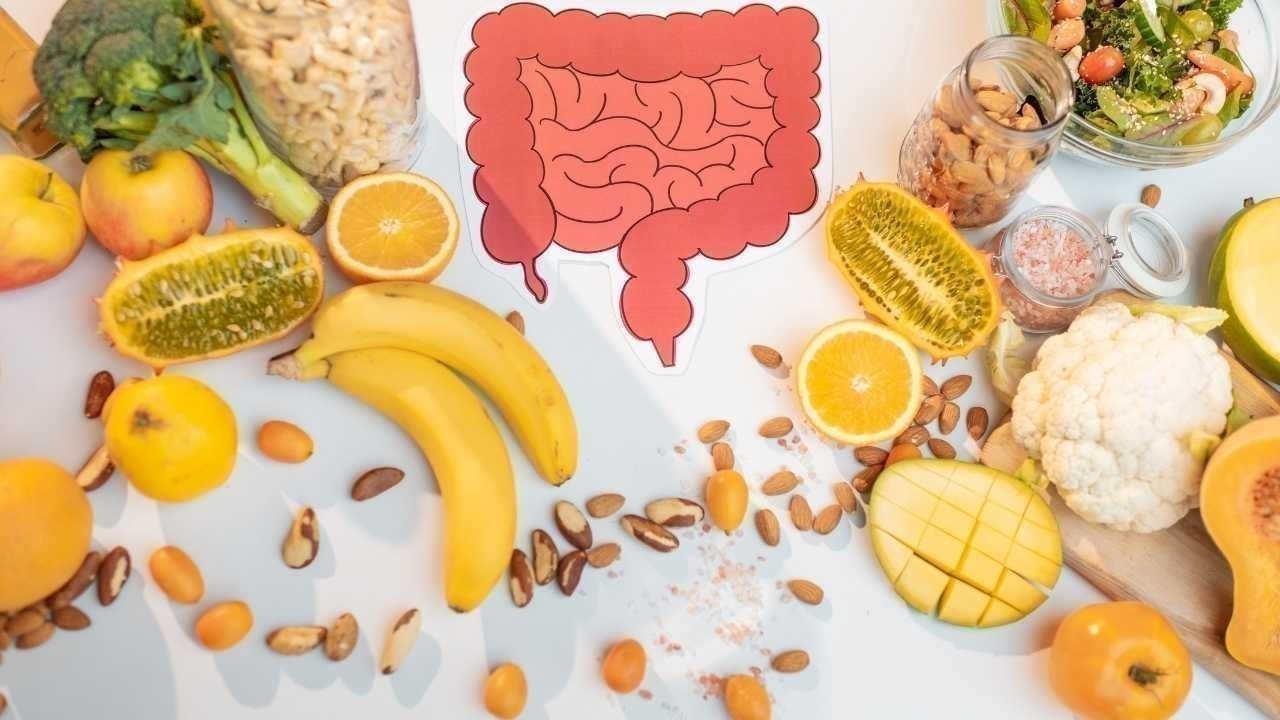
Signs Your Gut Health May Be Slowing Your Weight Loss
Poor digestion can slow weight loss Learn the key signs your gut may be affecting metabolism and how
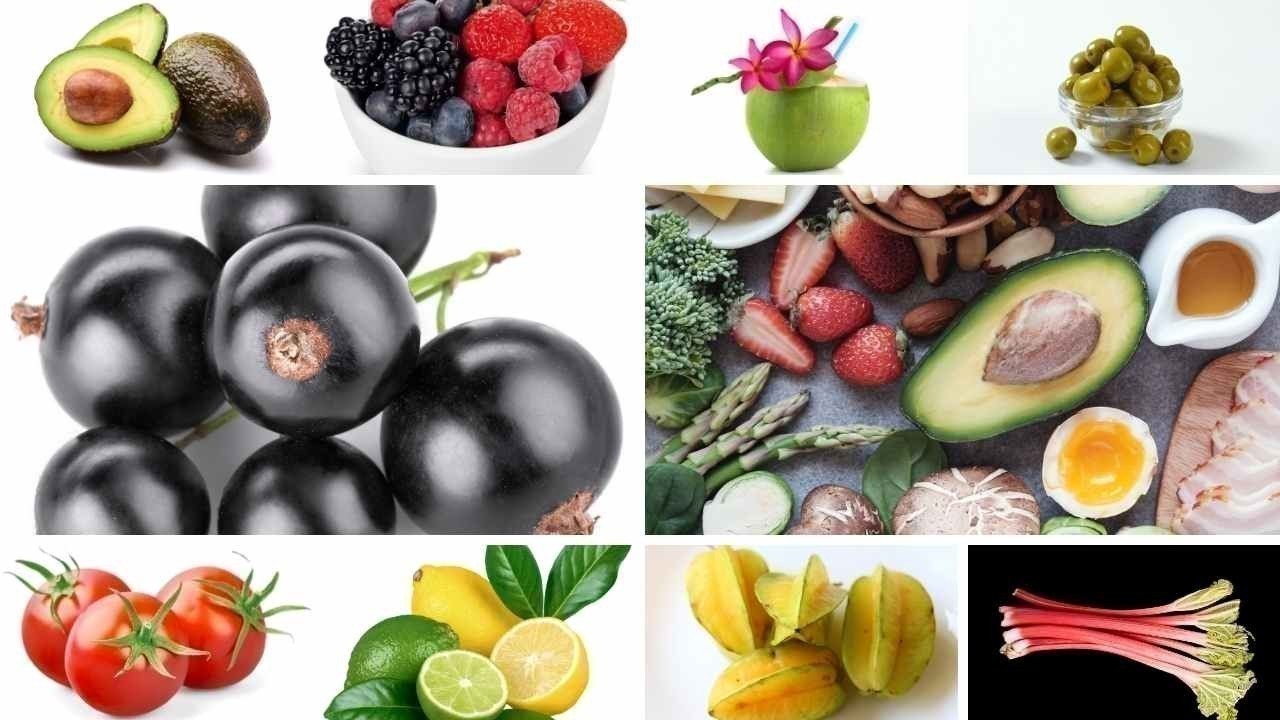
Keto Friendly Fruits Top 10 Low Carb Fruits for Weight Loss Success
Discover 10 keto friendly low carb fruits that support weight loss boost energy and keep your die

Rajvir Jawanda Life Career Music Hits & Tragic Accident Explained
Discover Rajvir Jawanda s journey from police aspirant to Punjabi music star his hits acting career